#Jabiru
Explore tagged Tumblr posts
Text

Jabiru Stork (Jabiru mycteria), FLY PROBLEMS!!!, family Ciconiidae, order Ciconiiformes, Pantanal, Brazil
photograph by Djamel Milano
3K notes
·
View notes
Text

Jabiru
584 notes
·
View notes
Text


He was cheeky
Male Blacked Necked Stork on the Norman River. Formerly known as a Jabiru.
On my travels.
#original photographers#nature photography#wildlife photography#bird photography#Jabiru#Black Necked Stork#on my travels#Norman River#Karumba
38 notes
·
View notes
Text

Jabiru's sad now
18 notes
·
View notes
Text
Round 1, Match 3 - Eastern Bluebird vs. Jabiru

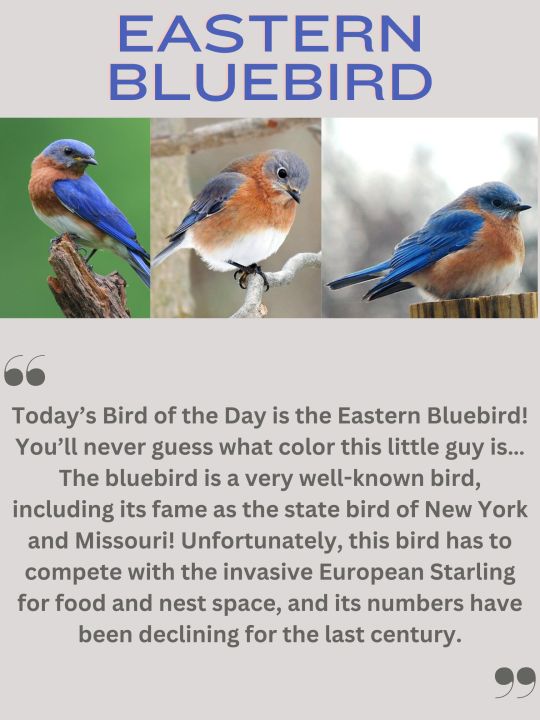

All propaganda is welcome in replies/reblogs!
8 notes
·
View notes
Text
Tuesday 29th October 2024
The days are getting hotter now with most having a top in the forties. They also seem to be pushing towards the wet season. No real rain yet since Saturday but there were spots yesterday late afternoon. We were having our Happy Hour Pale Ale and the wind suddenly whipped itself into a frenzy as though a storm was coming through, but then settled down again almost as quickly as it began. I suspect if we remain much longer in the tropics, we shall see real change. But that was yesterday. The indigenous people's have names for six seasons; Kudjewk Dec-Mar, Bangkerreng Apr, Yekke May-Jun, Wurrkeng Jun-Aug, Kurrung Aug-Oct, Kunumeleng Oct-Dec. So we are Kurrung Hot & Dry season.
We made an early start after an early breakfast because we were heading 24km north to Mirray Lookout which involved walking 2km up a steep rocky path to a lookout. They never put lookouts at sea level do they? The walk was graded Moderate to Difficult which is why an early start was thought best. Now I have no clue about Mirray. Was it a person and was he in need every once in a while to take a look to see if anything was coming? No one seems to know how high the lookout is either, other than pretty high. Be that as it may, and it is, we clambered up to the very top in the heat, where an enthusiastic National Park committee had placed a viewing platform just to make it a little bit higher. Now as a lookout there are a few places up there where you might miss Cromwells troups coming from below because due to an excess of tall trees the views are not by any stretch 360° There are blind spots. Mirray might do well to look into this. However, in the gaps, the views were dramatic and extensive. Well worth the climb.
Because we were so close, we decided to pop into the main (only) town of the area, Jabiru which of course gives its name to the black and white crane. Jabiru appeared like another committee had built a small town and then said does anyone want a small town and what do you want to use it for? It was empty of anything really. Fundamentally, these days, it is an Aboriginal township. Once, from 1982, there was uranium mining in the area, but that has now gone, closing in 2021. There were a number of Aborigine people wandering around. There was a supermarket, a shop equivalent to a WH Smiths, a library, and a Court House. All reasonably modern buildings but most miserable. Then, quite incongruously, there was a fairly new Mercure Hotel built in the shape of a crocodile, and besides all the usual hotel gubbings, there was a display of indigenous artwork. We meandered around this for a while, making appropriate oohs and ahhs, etc, and bade our farewells and went back to the Lodge. Glad we went, if only to say we'd done it.
Back at the Lodge, just settling down by the pool and a good book, when 1.21 gigawatts of lightening streaked to the ground in the direction of the Cultural Centre, followed shortly afterwards by the most humongous crack of thunder. I guess the wet season may soon be on us. The heavens then opened, and rain fell for 20 mins or so, but not in biblical proportions. I mean Noah would not have got his hammer and nails out! Then, with the heat, everything is dry again. The birds sing, all's right with the world.
With nothing saved in the fridge, we decided to eat in Mimi's restaurant along with the jolly campers. There seems to be a constant supply of these, in fact we observed a coach load arrive earlier to fill up the budget rooms across the site. It would probably be unseemly to use the term riff raff, they are probably very nice people.
ps. What looked like raw pickled baramundi at Mimi's. Well it was OK, but I think cod in batter somewhat preferable. Chips were nice though.







2 notes
·
View notes
Text

Study
17 notes
·
View notes
Text

Jabiru (Jabiru mycteria)
4 notes
·
View notes
Text
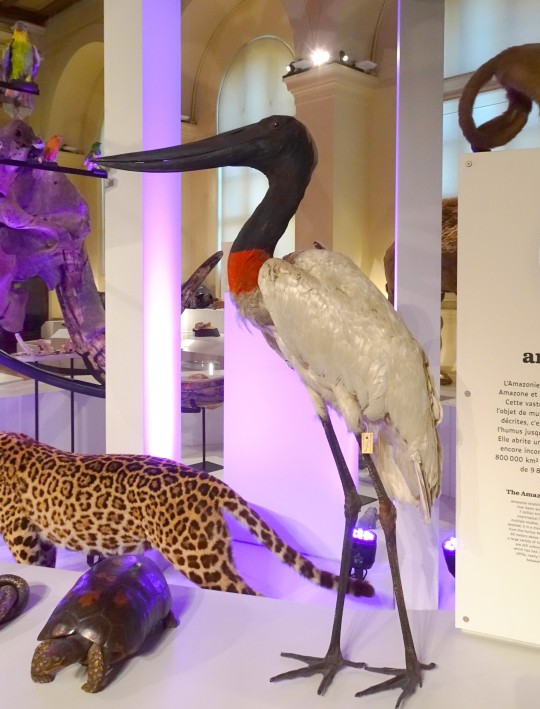




Marseille. Le Palais Longchamp abrite deux musées, ici le Muséum d'Histoire Naturelle. Quelques drôles d'oiseaux
jabiru
casoar
voir 1
Callistes tangaras ; au dessus, des papillons Morpho
Gypaète barbu (hélas photo ratée...)
#marseille#longchamp#palais longchamp#muséum d'histoire naturelle#taxidermie#oiseaux#ornithologie#jabiru#calliste#tangara#calliste tangara#casoar#ratites#gypaète#gypaète barbu#papillon#entomologie#morpho
3 notes
·
View notes
Text
Australian Bird Art

View On WordPress
1 note
·
View note
Text

Jabiru Stork (Jabiru mycteria), family Ciconiidae, order Ciconiiformes, Costa Rica
photographs by Lior Berman (@photolior)
584 notes
·
View notes
Text
This is actually really fascinating to me because the bird I’ve always heard called the “jabiru” is actually the Australian and South-East Asian black-necked stork! They have some similarities but I had no idea the name jabiru actually belonged to a totally different bird.



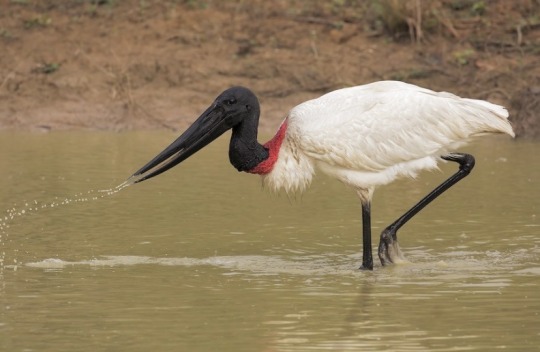

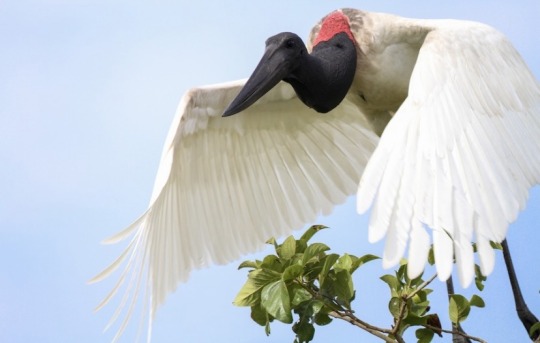



the jabiru is a large stork found from mexico to argentina; they are also semi frequently found as vagrants in the united states. their name comes from a tupi–guaraní language and means "swollen neck". the jabiru is the second-largest bird in south america, and the largest flying bird (they fall behind the flightless rhea in size). their wingspan is also the second largest on the continent, just behind the andean condor. while colorations and markings are the same between males and females, the species is easy to differentiate by sex; males are notably larger, up to 25% larger than females. this species feeds primarily on fish, frogs, insects, and other aquatic prey; however, they are opportunistic feeders, and will feed on carrion and even have been documented eating house mice. they can be helpful in the bodies of water they live in, as they will eat recently deceased fish, preventing them from contaminating the water. they feed mainly by tactile sensing, not by visually locating their prey; they will snap up prey from the water as soon as their bill brushes against it. the jabiru is believed to mate for life. jabiru build massive stick nests, which are reused for future clutches; however, it usually is several years after a successful breeding before jabiru will have another clutch of eggs. this is due to their young fledging at approximately 110 days, then sticking with their parents for around another three months. jabiru have been known to live until their mid-thirties.
5K notes
·
View notes
Text
Kakadu National Park, Australia: Kakadu National Park is a protected area in the Northern Territory of Australia, 171 km southeast of Darwin. It is a World Heritage Site. Kakadu National Park is located within the Alligator Rivers Region of the Northern Territory, covering an area of 19,804 km2, extending nearly 200 kilometres from north to south and over 100 kilometres from east to west. It is roughly the size of Wales or one-third the size of Tasmania, and is the second-largest national park in Australia. Wikipedia
#Kakadu National Park#Alligator Rivers Region#Northern Territory of Australia#Kakadu Hwy#Jabiru NT 0886#World Heritage Site#Australia
199 notes
·
View notes
Text



Stately.
Female Blacked Neck Stork, at Karumba. Formerly known as a Jabiru.
On my travels
Though I think that whoever named it a Blacked Necked Stork has never seen one in real life.
#original photographers#nature photography#wildlife photography#bird photography#Jabiru#Black Necked Stork#Karumba#on my travels
39 notes
·
View notes
Text
@thatgayash you have been Jabiru-fied

>:3
original image - @thatgayash
The drawing of Jabiru on top of it - me
14 notes
·
View notes
Text
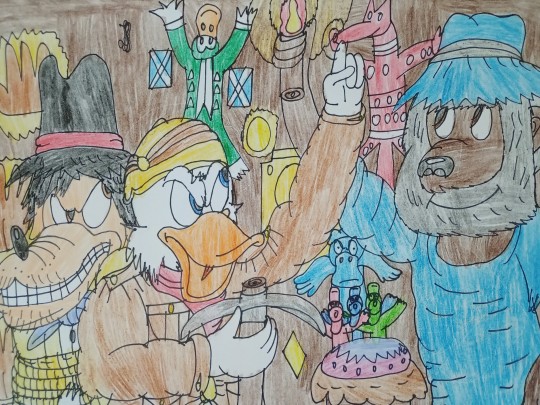
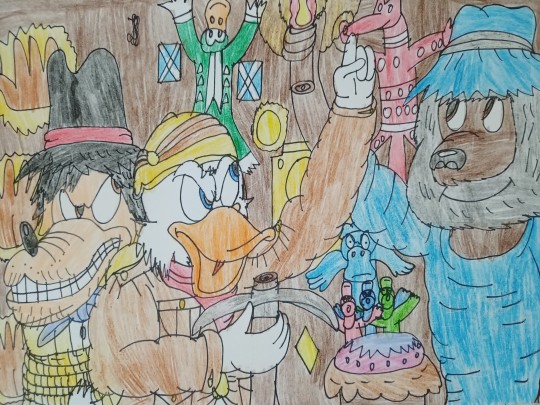
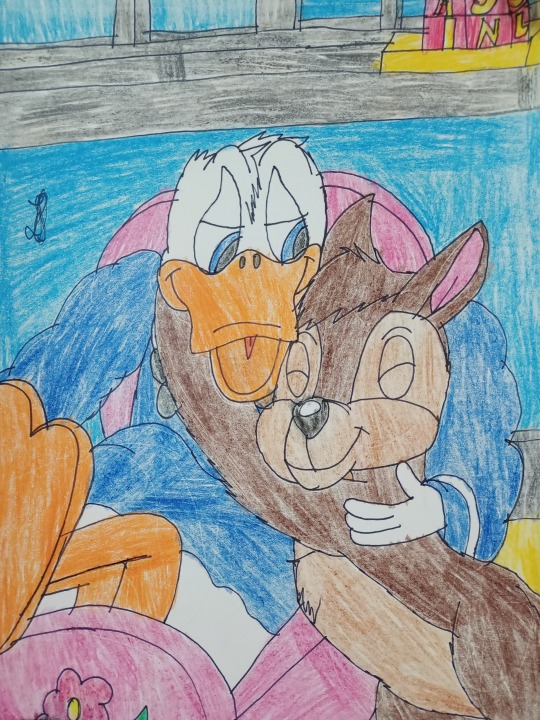

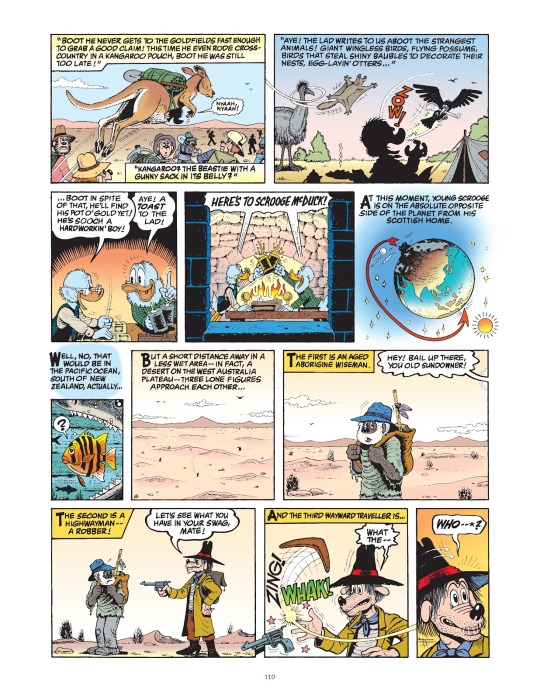
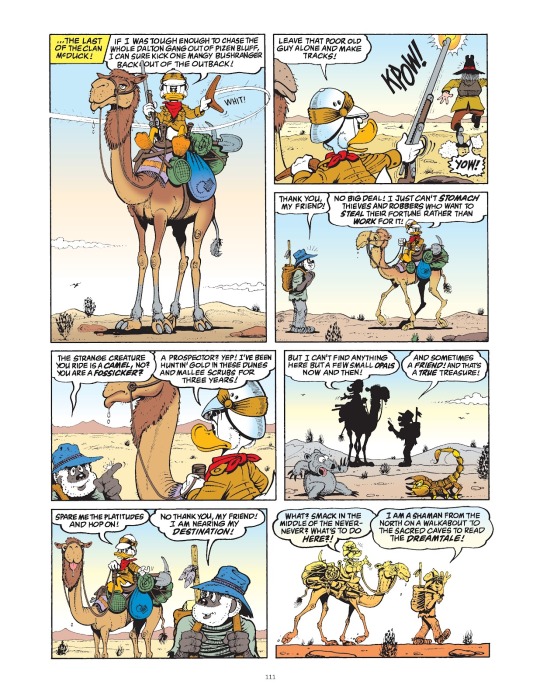




Scrooge McDuck in Australia in search of a shiny crocodile egg - The Life and Times of Scrooge McDuck - Donald Duck and Joey the Kangaroo - Daddy Duck - Australia Day - Duckverse
Yes, I am late, because Australia Day is celebrated on the 26th of January, but for some reason I didn't get to finish it until now. However, since I'm currently in the spirit of Australia, I'm going to publish some drawings of our heroes related to that country.
By the way, Australia Day is celebrated because on that day, in 1788, the first fleet made landfall and raised the British flag under the command of Arthur Phillip and founded Sydney there. Admittedly, the first settlers were prisoners.
The first drawing I drew was related to The Life and Times of Scrooge McDuck and the comic "The Dreamtime Duck of the Never-Never", which was the seventh part of the cult album by Don Rosa and tells about Scrooge's trip to Australia and his many misadventures . Scrooge met the highwayman and saved the aborigine from that highwayman. That aborigine is called Jabiru the aborigine and he is a representative of the indigenous people who lived in Australia. Scrooge found a brilliantly decorated egg that was worth a fortune, yet hearing from Jabiru the dream stories, otherwise known as Dreamtales, which were painted in the cave, he gave up on it and moved on in search of greater riches. I drew Scrooge, Jabiru, and a bound highwayman in a cave that was painted with various images that foretell Scrooge's future (you can see the Money Bin and Scrooge's future family members Donald and Huey, Dewey, and Louie). By the way, I used painting motifs as used by Aboriginal people and as used by Don Rosa in his comics, but I combined them in my own ways. Yes, and music related to these drawings: https://www.youtube.com/watch?v=KLVPgNjQ5kg
The second drawing is a redraw from the Donald Duck classic short "Daddy Duck" from 1948, directed by Jack Hannah, where Donald adopts a baby kangaroo named Joey the Kangaroo. Although mischievous, that kangaroo still loved his adoptive father Donald, as he loved him, and in my opinion it is one of the few moments (at least as far as Jack Hannah is concerned) where Donald finally had a happy ending. Yes, I drew it, because after all, kangaroos live in Australia.
I hope you like these drawings and these ideas and feel free to like and reblog this! And happy belated Australia Day!
#my fanarts#australia day#australia#duckverse#duck comics#donald duck#scrooge mcduck#ducktales#the life and times of scrooge mcduck#don rosa#artists on tumblr#classic shorts#joey the kangaroo#disney ducks#jabiru the aborigine#highwayman#dreamtime#disney dogs#disney duckverse#disney cartoons#cartoons#comics#cartoon#don rosa comics#disney duck comics#my fanart#fanarts#fanart#my style#disney kangaroo
26 notes
·
View notes